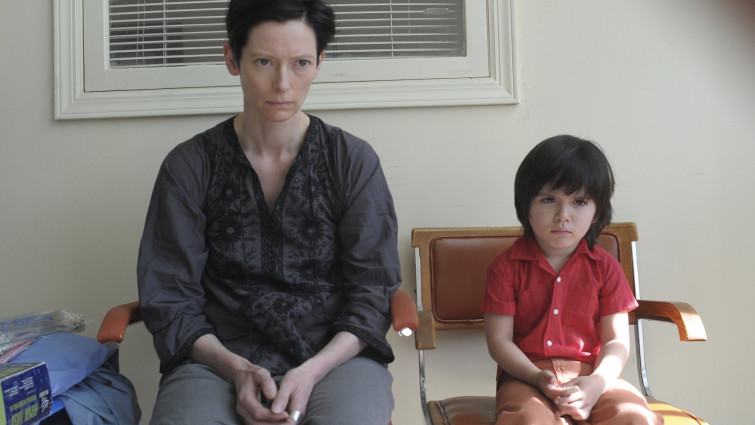

Member review

We Need To Talk About Kevin
Adapted from the acclaimed novel, this dark drama examines a mother's increasingly strained relationship with her troubled son.
Certificate
Duration112 mins
Review by
- Maria, 17
- 1 reviews
Review by Maria, 17
I expected this film to be about a dysfunctional family, and the main plot follows the relationship between Kevin and his mother, Eva. From the plot outline I was expecting a complex story about how she raises him, and the majority of the film was him at different ages growing up alongside his mother. The film begins with the La Tomatina festival, where a bird’s eye view focuses on Eva amongst the crowd. This is where the colour red is first seen and is a strong theme throughout, used to represent the theme of violence and guilt that Eva feels. Kevin’s father, Franklin, was portrayed as a cheerful (yet oblivious) character. Throughout the film he is forgiving and tries to defend Kevin’s actions, encouraging Eva to treat Kevin fairly, although I sympathised with Eva and the frustration she feels as the narrative is from her perspective and shows the side of the story that Franklin is unaware of. Eva is an unreliable narrator as she drinks heavily in the present-day scenes. While watching the film the audience is left unsure on a number of details in the film, such as how her daughter, Celia, lost her eye. Eva is certain that Kevin poured the bleach into her eye, although it could have been an accident, leaving the audience in conflict of who to believe. I enjoyed We Need to Talk About Kevin as there was a good level of suspense and tension throughout. The editing and camerawork was well considered and conveyed a lot about the family’s relationship whilst also being visually appealing. The colours reflected a lot about the themes and also built the atmosphere. For example, when Kevin is young the colour red often frames him, whereas in the present day storyline Eva is plagued by red to show the handover of guilt and how Kevin’s crime is still affecting her. The scene that was the most poignant for me was the last scene, where Kevin expresses fear for the first time about being transferred to an adult prison. Although this is the second time he shows vulnerability, the fear he shows gives the audience another view of Kevin as a character. It is a very emotional scene, shown through the performance and close up camera work of their faces. Without this scene I feel that the audience would leave feeling very differently about the film, and would take away from what makes Kevin a believable and evocative character. I would recommend this film to anyone. However, it contains unsettling scenes that may upset the viewer, but they are presented tactfully and effectively.